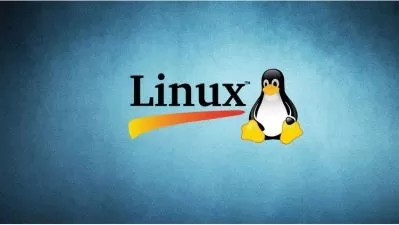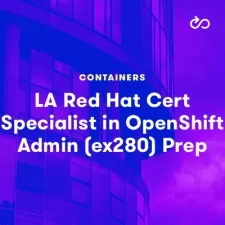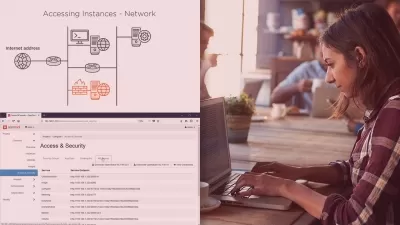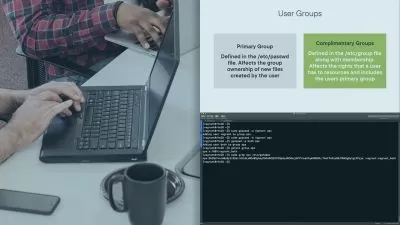Configuring Storage in OpenShift
Ben Weissman
55:12
Description
This course will teach you how to configure and provision storage in a Red Hat OpenShift Cluster to be used by your containerized applications.
What You'll Learn?
More and more applications (not just microservices) are being deployed through containers. Many companies can’t rely on open-source Kubernetes environments for their container orchestration though but require an enterprise ready Kubernetes platform like OpenShift. In this course, Configuring Storage in OpenShift, you’ll learn how to deploy and configure storage in your OpenShift Clusters. First, you’ll explore the basics of storage in Kubernetes and Containers including the differences between persistent storage and ephemeral storage. Next, you’ll learn how to configure persistent storage using provisioners like local volumes or Azure Files. Finally, you’ll discover what the CSI – the Container Storage Interface – is and how to use it. When you’re finished with this course, you’ll have the skills and knowledge of OpenShift Administration needed to configure storage for your OpenShift clusters.
More details
User Reviews
Rating
Ben Weissman
Instructor's Courses
Pluralsight
View courses Pluralsight- language english
- Training sessions 21
- duration 55:12
- level average
- Release Date 2023/01/01




















